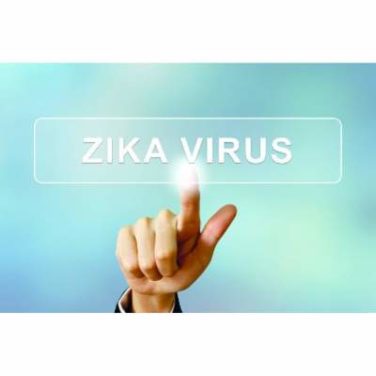As you know all too well, technology is transforming the lives of today’s children in seemingly endless ways. While much of its impact is still unknown or debatable, one straightforward yet underappreciated issue is the consequences of misuse of personal audio technology on children’s hearing.
It is not uncommon today to see even young toddlers expertly navigating tablets, cell phones, and MP3 players. Many children and adolescents will wear accompanying ear buds or headphones as they play games, listen to music, or watch movies on these devices. Unfortunately, they often listen at volumes that are too loud, for too long. These habits have the potential to cause noise-induced hearing loss.
Research has suggested such hearing loss is occurring with more frequency – and at younger ages. A 2010 study in the Journal of the American Medical Association revealed one in five U.S. adolescents suffers from hearing loss of some sort – an increase of 31% since the late 1980s/early 1990s. The authors of the study noted that some risk factors, such as loud sound exposure from music listening, may be of particular importance to development of hearing loss in young people ( JAMA 2010;304:772-8. ).
Although a majority of parents are worried about this issue, it doesn’t always lead them to take action. In a poll of parents, commissioned by the American Speech-Language-Hearing Association ( ASHA ), 84% of respondents said they were concerned that misuse of personal audio technology was damaging the hearing of children in general – and 75% said teaching children how to use this technology safely should be a major public health priority. Yet only half had discussed safe listening with their own children.
Concern has become substantial enough that the World Health Organization (WHO) in March 2015 is launching a public education campaign called “ Make Listening Safe ,” focused on preventing noise-induced hearing loss in children.
Hearing is critical to speech and language development, communication, and learning. Hearing loss affects children in four major ways, potentially causing:
• Delays or deficits in the development of receptive and expressive communication skills (speech and language).
• Reduced academic achievement because of learning problems resulting from language deficits.
• Social isolation and poor self-concept, often resulting from communication difficulties.
• Limited vocational choices because of academic and communication deficits.
Even a so-called minor hearing loss has serious effects. One study showed that children with mild hearing loss miss 25%-50% of speech in the classroom. In addition to the obvious implications for learning, these children also may be inappropriately labeled as having a behavior problem.
You can play a key role in educating parents and children about the potential health risk of hearing loss from misuse of technology – and how to enjoy their devices responsibly. Here are some simple steps to pass along:
• Keep the volume down – a good guide is half volume.
• Limit listening time and take “quiet breaks.”
• Model good listening habits for your children.
ASHA’s Listen to Your Buds campaign (www.listentoyourbuds.org) offers educational resources that you, parents, and others can use. The campaign recently was tapped by WHO to be a partner in its current effort. One of the Buds’ main tactics is “safe listening concerts,” which have been held in roughly 60 schools to date. If you are interested in receiving free information, contact pr@asha.org .
Dr. Page, a certified speech language pathologist, is associate professor in the division of communication sciences and disorders at the University of Kentucky, Lexington, and president of the American Speech-Language-Hearing Association, Rockville, Md. Dr. Page said she had no relevant financial disclosures.



